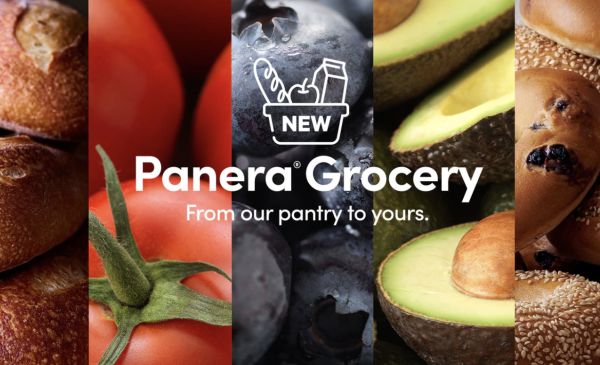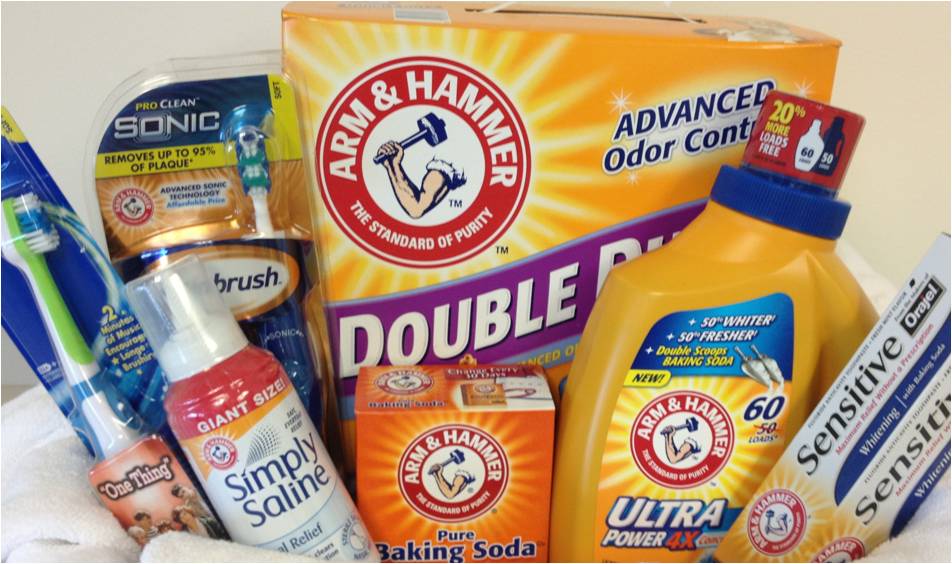One of the biggest dangers is a brand extension that repositions the parent brand in a negative light (like Bayer “aspirin-free” products or “Fat Free” Fig Newtons). One of the trickiest extensions is creating a “value” version of the parent brand. Extending your brand up to a premium segment or down to a value segment has the greatest potential for negative impact, as a brand’s quality and value perceptions are often central to its positioning. You don’t want to create the perception that the original brand was overpriced.
Often the best solution is creating a new brand or sub-brand. If the market is moving away from your brand’s position, it may be better in the long run, despite the cost, to create a new brand to meet and own the solution to the evolving needs of consumers. This is a more expensive approach with a higher probability of failure and is not a brand extension.
The Blake Project Can Help: The Brand Licensing Audit and The Brand Licensing Workshop
Branding Strategy Insider is a service of The Blake Project: A strategic brand consultancy specializing in Brand Research, Brand Strategy, Brand Licensing and Brand Education





One comment
Steve Wright
October 30, 2007 at 10:21 pm
Excellent points, Brad, and ones that are often often over-looked by brand managers as they chase market share.
On a related note, one of the oddities I’ve noticed across many categories is a consumer preference for buying either the high or low end when confronted with a choice of three product tiers. The middle tier always seems to garner the lowest share of sales.
In this scenario, it’s a bit safer to move a two-tier product up-market as long as you create a middle tier to make the price walk more digestible. The two lower products actually give you a better chance to highlight what you don’t get unless you buy the high end.
Comments are closed.